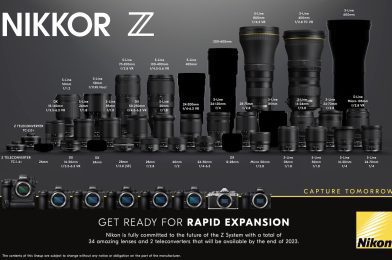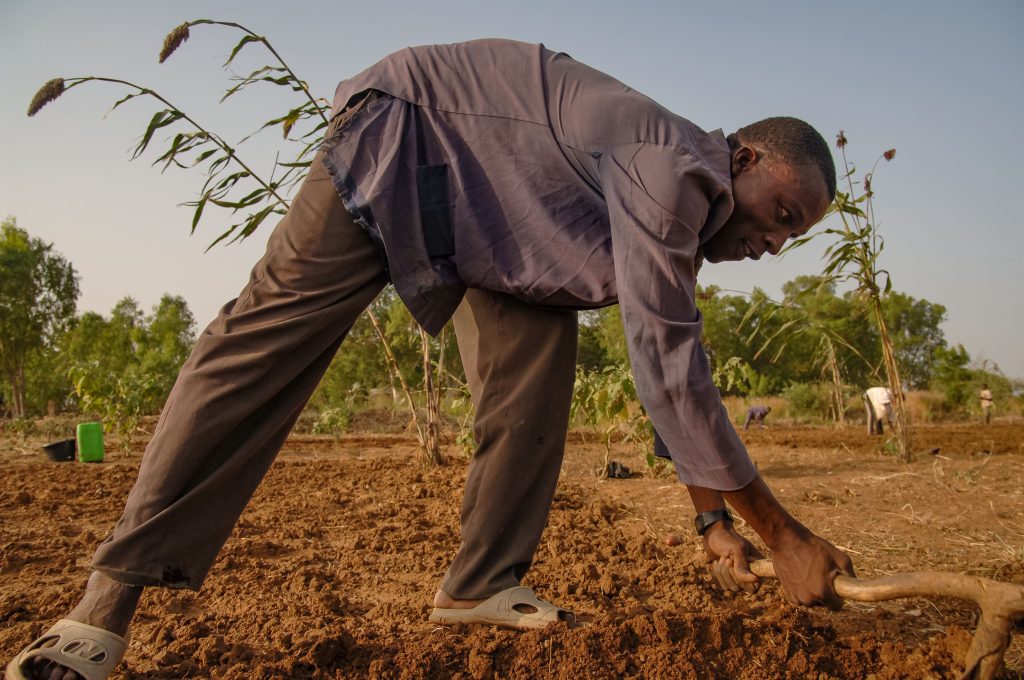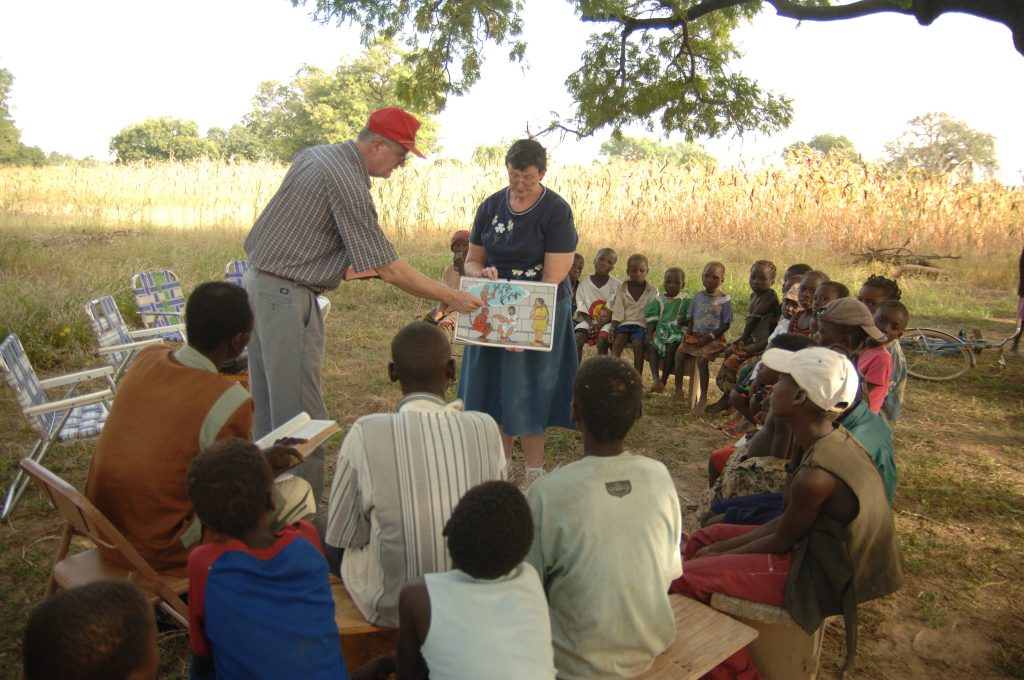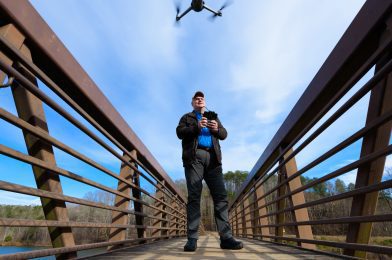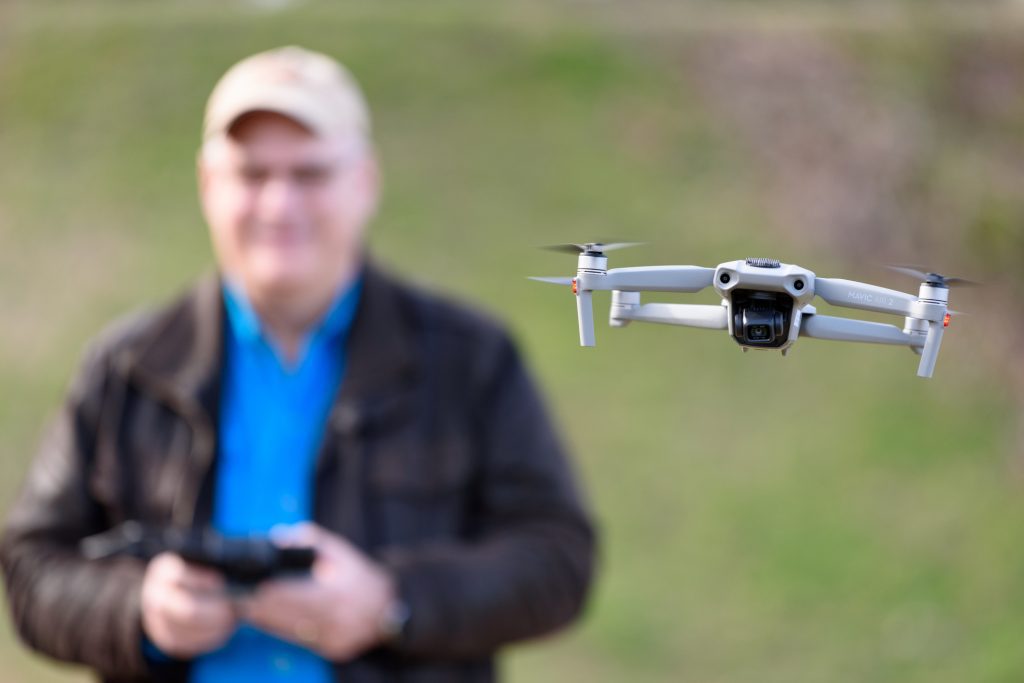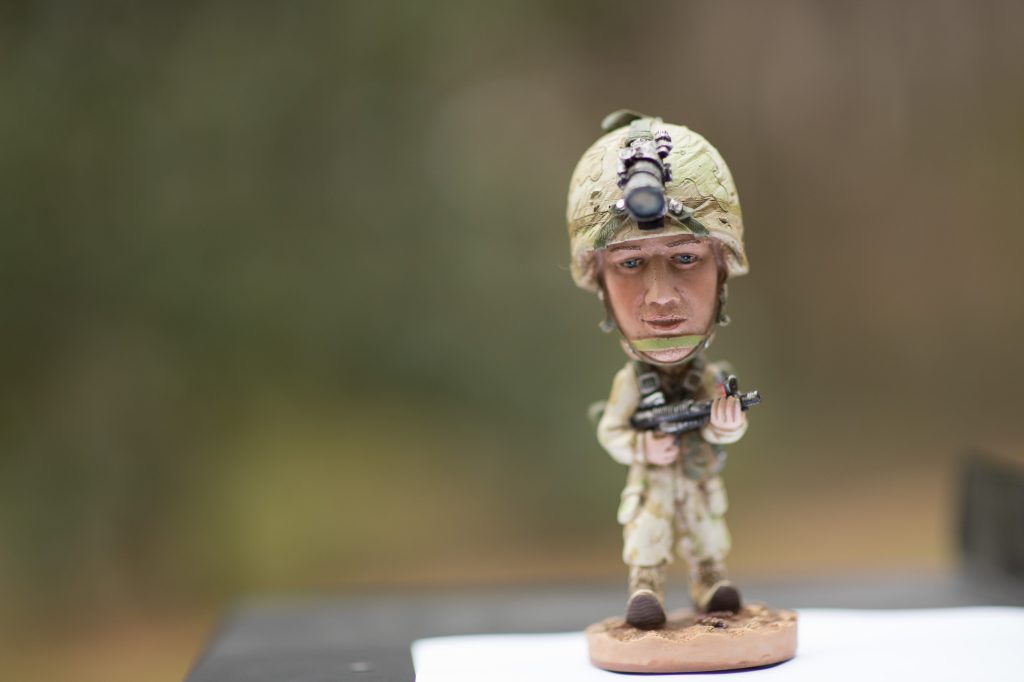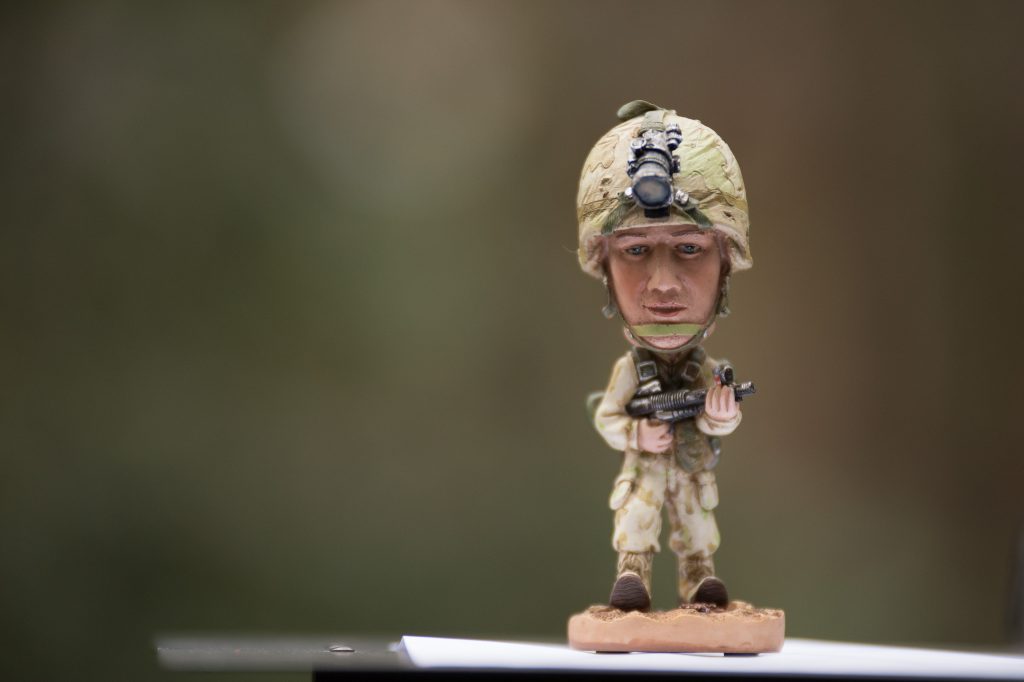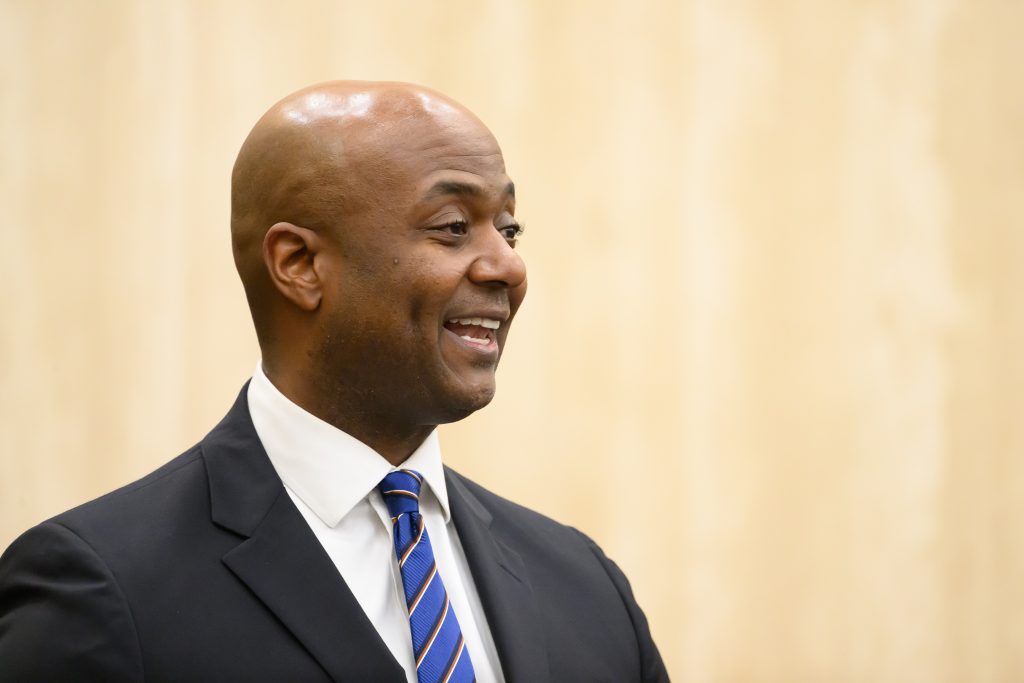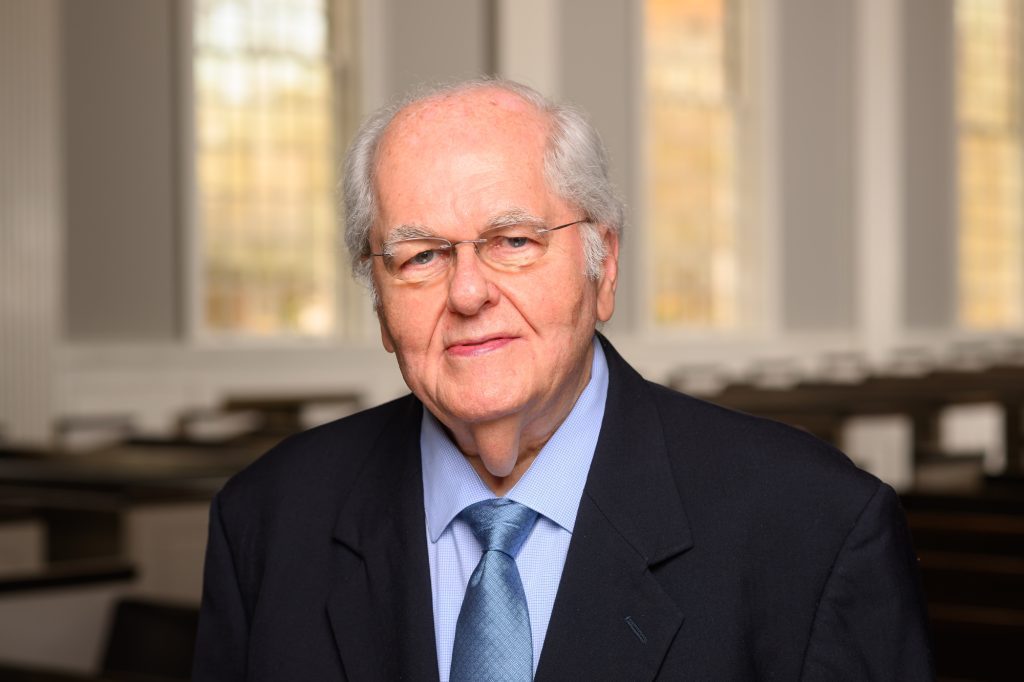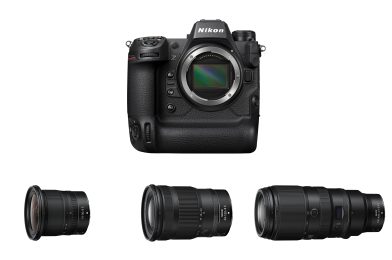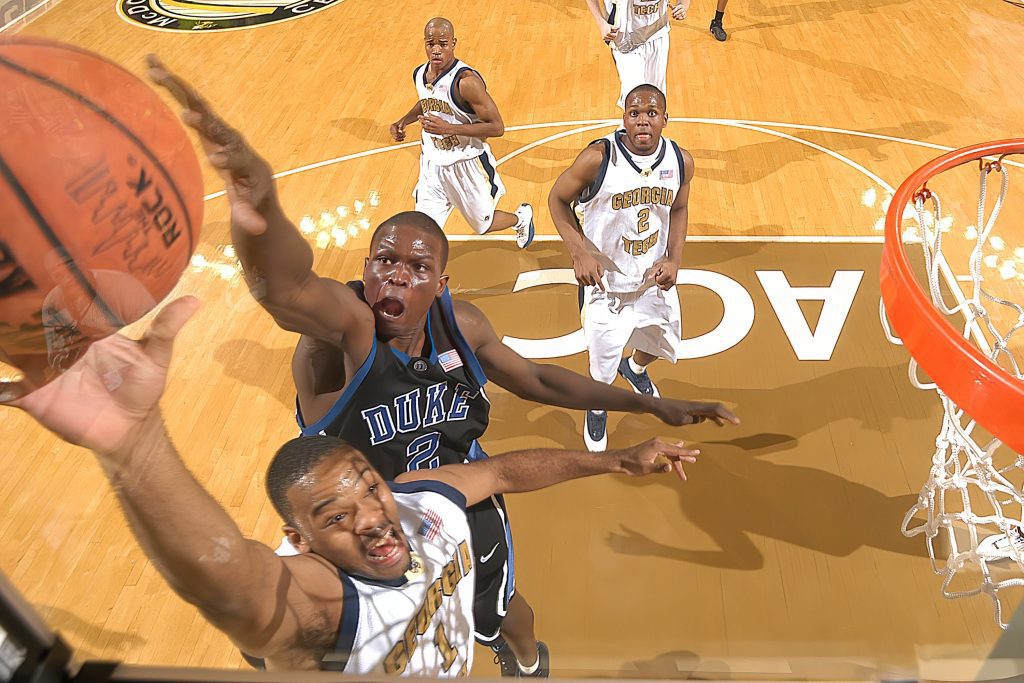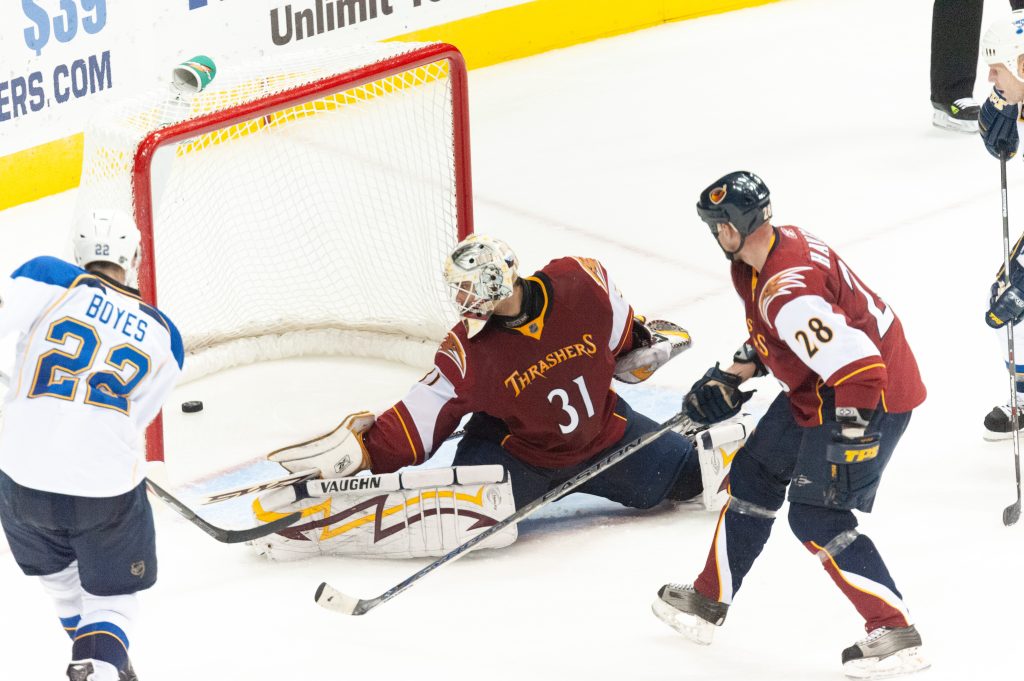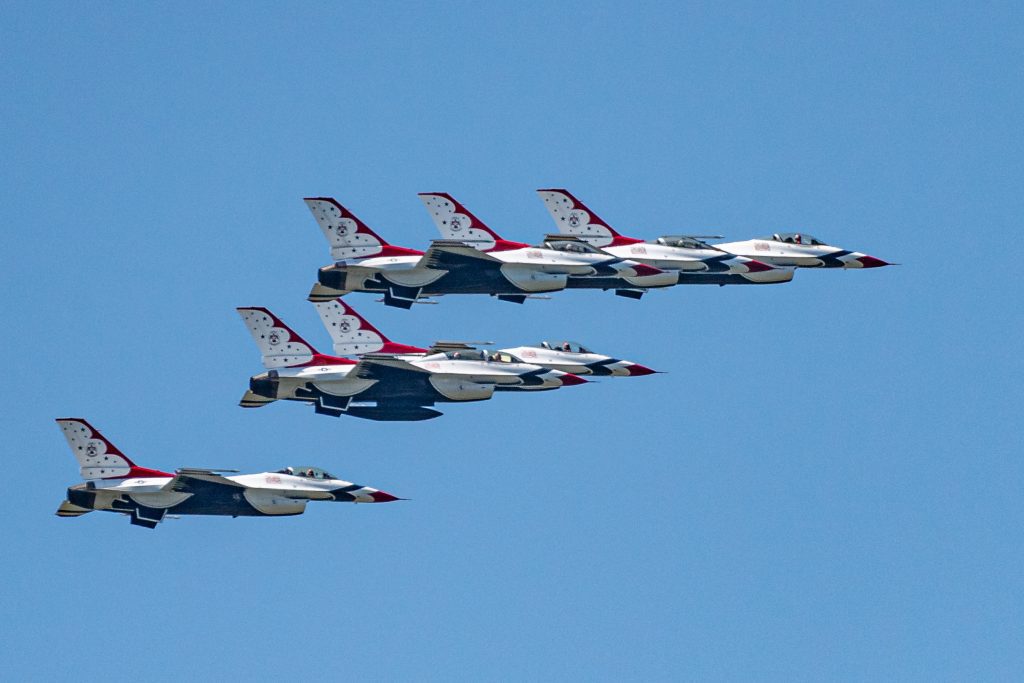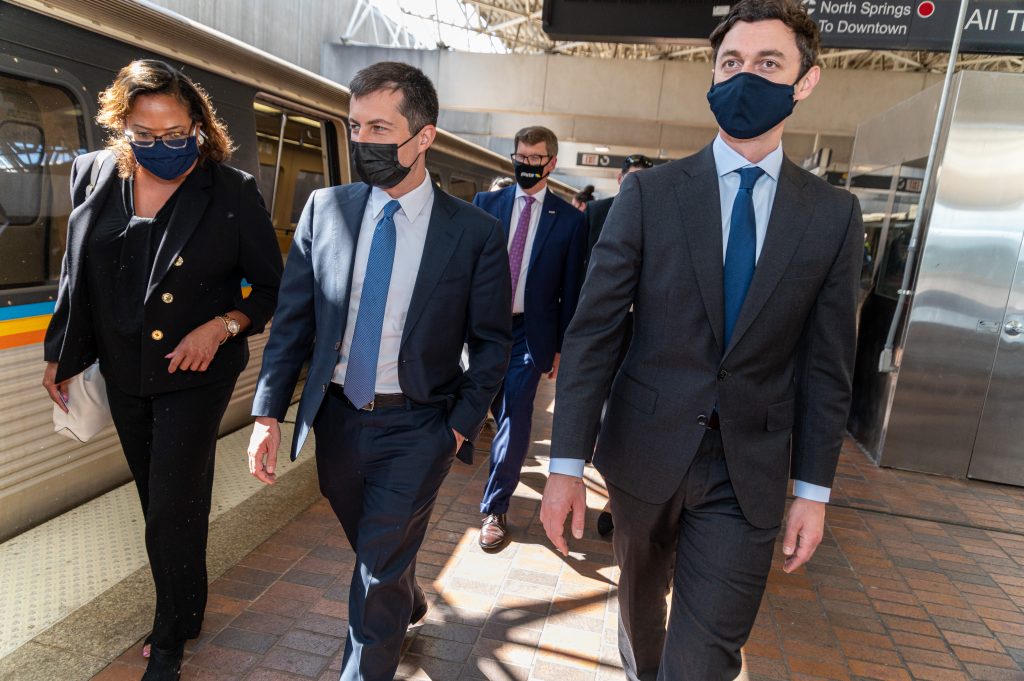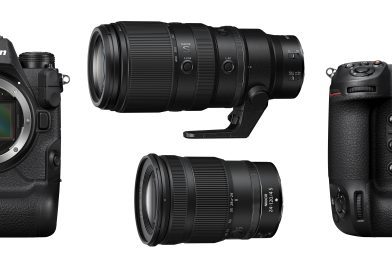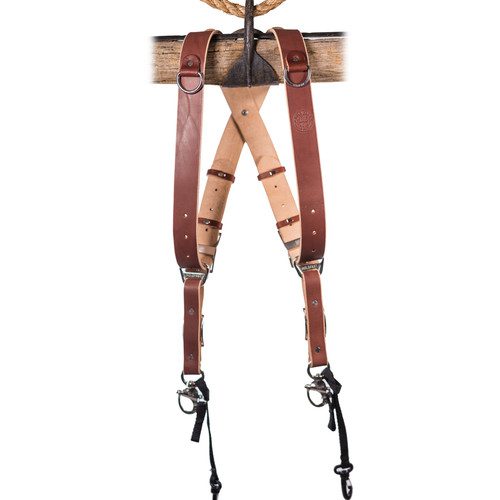As a professional photographer, you may have heard that prime lenses are the only way to truly high-quality images. However, while prime lenses certainly have advantages, they’re not always the best choice in every situation. There are many situations where a zoom lens can be the better choice for a professional photographer.
Here are some reasons why you might want to consider using a zoom lens:
- Versatility: One of the most significant advantages of a zoom lens is its versatility, and flexibility prime lenses do not. With a zoom lens, you can quickly and easily change your focal length without swapping out lenses. This can be especially useful in dynamic environments where you must quickly capture various shots.
- Convenience: Zoom lenses are also convenient because you don’t have to carry around multiple lenses. This can be especially important for photographers who are shooting on location and must keep their gear to a minimum.
- Depth of Field: While prime lenses have the advantage of larger maximum apertures, which can create a shallower depth of field and more bokeh, zoom lenses can also create this effect by zooming in and using a longer focal length.
- Image Quality: Zoom lenses have come a long way in recent years and can produce excellent image quality. Some zoom lenses even rival the image quality of prime lenses.
Of course, there are still situations where a prime lens might be the better choice. For example, if you’re shooting in low light and need a wide aperture to let in more light, a prime lens with a large aperture might be the best option. However, a zoom lens can be more versatile and convenient for many other situations.
So if you’re a professional photographer who has hesitated to use a zoom lens, it might be time to reconsider. With their versatility, convenience, and image quality, zoom lenses can be an excellent choice for many types of photography.
For Those Who Feel The Need To Comment
It’s important to remember that everyone has their preferences and opinions regarding photography gear and techniques. While some may prefer prime lenses or avoid high ISO settings, others may find value in using zoom lenses or shooting at higher ISOs.
- Regarding the comment about prime lenses: “While some photographers prefer the sharpness and image quality of prime lenses, I find that the versatility and convenience of zoom lenses better suit my shooting style and needs in certain situations. Of course, everyone’s preferences will differ depending on their goals and shooting conditions.”
- Regarding the comment about high ISO: “While it’s true that shooting at high ISOs can introduce noise and reduce image quality, I’ve found that using higher ISO settings can also be a valuable tool for capturing low-light scenes or fast-moving subjects. Of course, there may be situations where it’s better to avoid high ISOs and use other techniques like longer exposures or additional lighting.”
Please remember respectful and constructive dialogue can help build understanding and bridge differences, while trolling or derailing conversations can be counterproductive.

